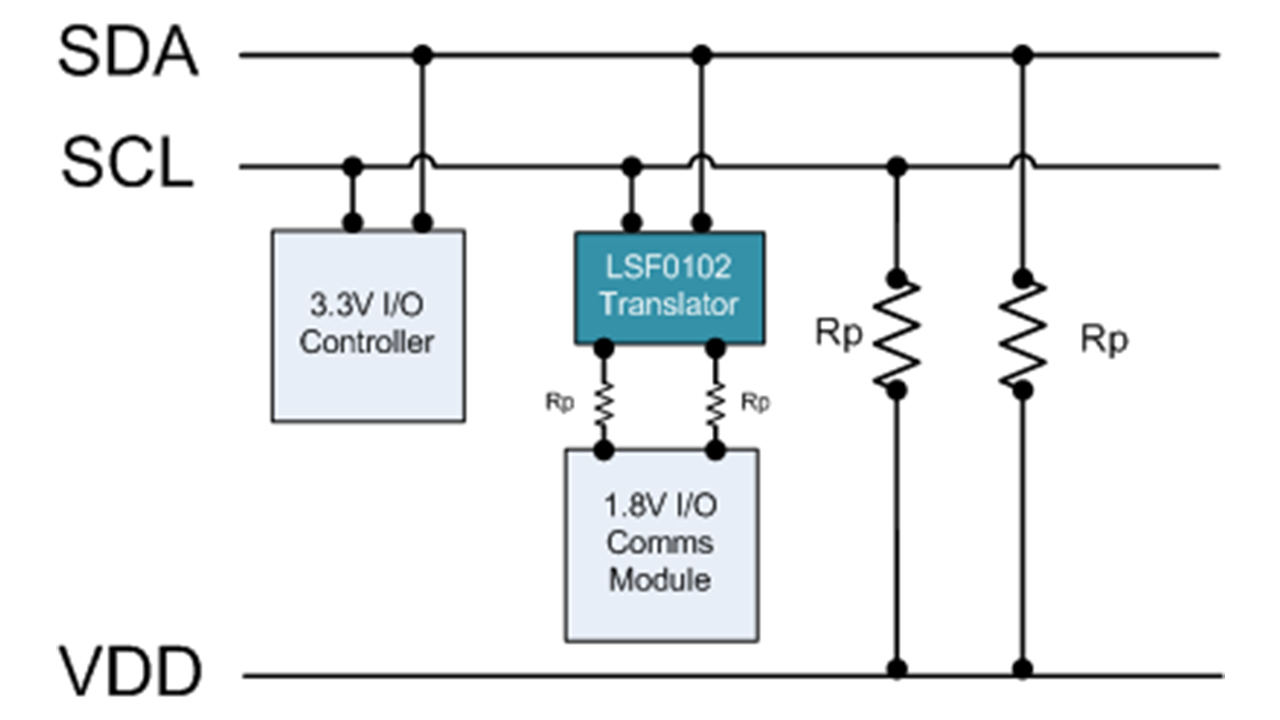SSZT395 october 2019 LSF0102 , SN74AXC2T45 , SN74AXC4T774
Grid infrastructure often plays a pivotal role in the success or failure of any modern economy, since electricity, water and gas resources are essential in powering commerce and industry. So that utility companies and municipalities can get the most from their infrastructure investment, they use smart metering technologies to enhance grid resource efficiency and facilitate more accurate billing, fault monitoring and faster provisioning of services. In addition, for deregulated markets, smart meters allow utilities to offer unique services and promotions, leading to healthy competition among vendors.
Smart meters can incorporate many different capabilities, but their ability to wirelessly send and receive information is arguably the most important. Wireless connectivity enables smart meters to not only send metering data to utility companies but to respond to commands from utility companies, turning a group of individual meters into a dynamic network.
Given the importance of connectivity, the implementation of a wireless connectivity function within a smart meter is often a concern. Today, many smart meter designs use special communication modules designed for specific communication standards such as 2G-General Packet Radio Service, 3G, 4G-Long-Term Evolution and low-power wide-area, as well as shorter-range standards such as Wi-Fi® and Bluetooth®. Figure 1 shows an example of a modern smart electric meter.
 Figure 1 Reference Diagram for a
smart electric meter
Figure 1 Reference Diagram for a
smart electric meterOne challenge that designers face when incorporating communication modules into their design is interfacing the module with the meter’s existing processor control and data input/output (I/O). Often, the components incorporated into the module are designed in different silicon process technologies, thus requiring the modules to operate on voltage nodes different than the nodes used by mainstream microcontrollers and processors.
In order to overcome the challenges posed by I/O voltage-level mismatches between a meter’s main processor and a communications module, you can use simple building-block devices like voltage-level translators. Voltage-level translators enable you to quickly and cost-effectively level shift the control and data interfaces between the module and the processor so that the two devices can interoperate.
Level translators are available in wide variety of configurations, covering channel counts from one to 32 channels with support for voltage levels from 0.65 V to 5.5 V. Level-translator devices can be used to level shift interface standards such as Serial Peripheral Interface (SPI), I2C and Universal Asynchronous Receiver Transmitter (UART), as well as general-purpose I/O (GPIO) for more custom implementations. Let’s take a look at a few examples of level shifting for some of these interface types.
If the interface between a communications module and the meter’s processor is SPI, a device like the SN74AXC4T774 level translator can provide an efficient and easy way to implement a level-translation solution, as shown in Figure 2. This device’s per-channel direction control capability makes it a good fit for SPI, where not all of the channels of the interface are operating in the same direction.
 Figure 2 SPI Level-translation Example
Using the SN74AXC4T774
Figure 2 SPI Level-translation Example
Using the SN74AXC4T774Another common control interface between a communication module and a smart meter’s microcontroller is I2C. I2C control buses are popular open-drain control buses implemented in many systems. Often, the controller will operate on a common voltage node such as 3.3 V with a 3.3-V I2C control bus, while the communications module will operate at a lower voltage such as 1.8 V with a 1.8-V or lower-voltage I/O. In this case, an auto-directional level translator such as the LSF0102 can level shift between the 1.8-V I2C I/O of the communications module and the 3.3-V I2C control bus, as shown in Figure 3.
 Figure 3 I2C Control Bus
Level-translation Example Using the LSF0102
Figure 3 I2C Control Bus
Level-translation Example Using the LSF0102Similarly, you can level shift GPIO, as shown in Figure 4. The SN74AXC2T45 is a direction controlled level shifter which provides flexibility needed for GPIO implementations.
 Figure 4 GPIO Level-translation Example
Using the SN74AXC2T45
Figure 4 GPIO Level-translation Example
Using the SN74AXC2T45As smart metering technology evolves, level-translation solutions from TI can enable smart meter designers to implement critical connectivity between subsystems within their designs.
Additional Resources
- TI’s voltage-level translation landing page is a great resource for finding the most suitable level translator for a smart meter design.
- Learn how to engineer a smarter grid.
- Watch “The Logic Minute – Logic and Translation” video series.